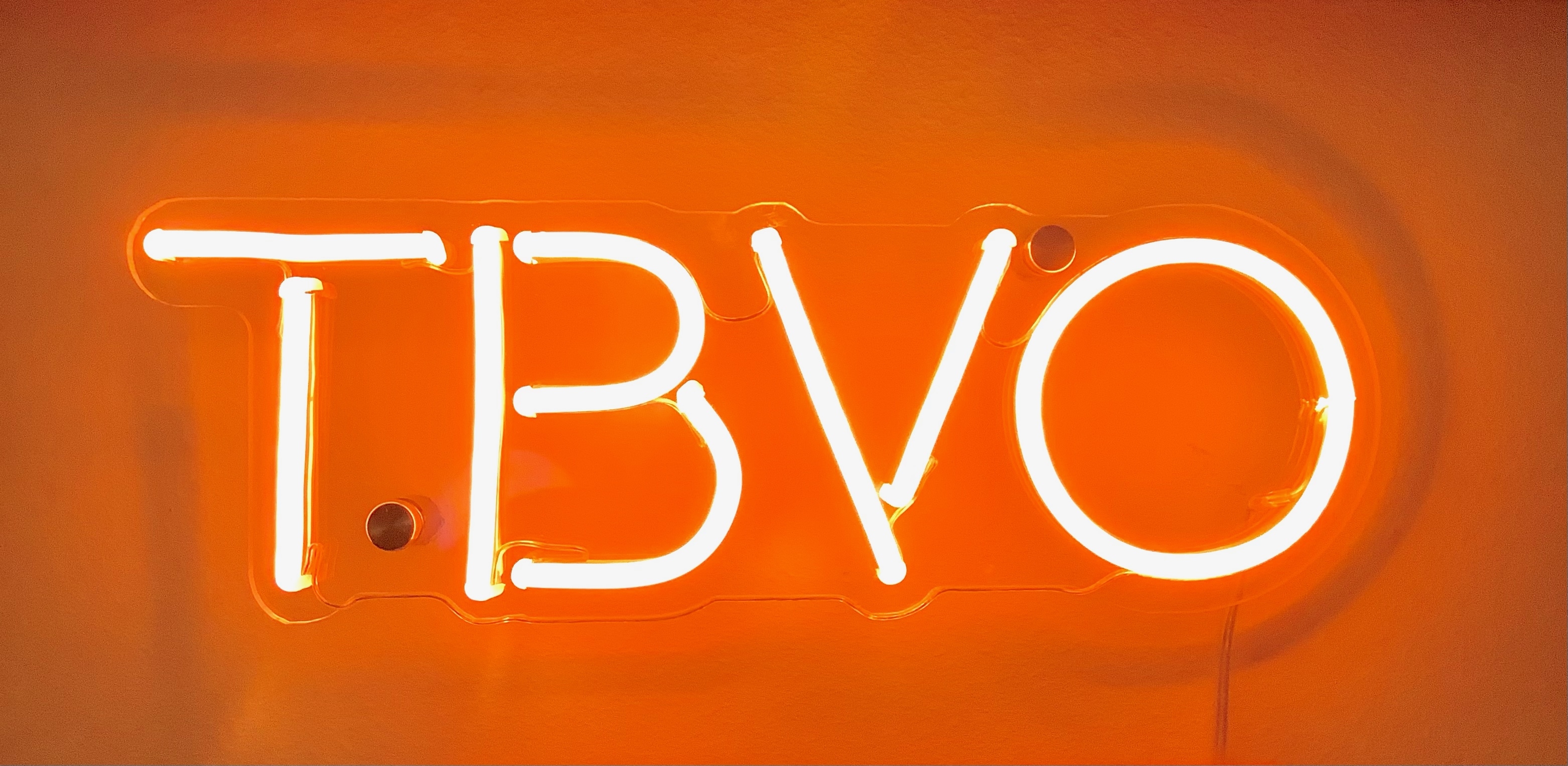Removing Haeco-CSG Processing (Sort Of)
Particularly with the growing popularity of surround sound and immersive audio, it’s easy to forget that two-channel stereophonic sound is itself a relatively recent invention. As any Beatles or Beach Boys fan can attest, many of the greatest albums of the 1960s were conceived of as monophonic releases. Stereo mixes, if they were pursued at all, were an afterthought.
That’s because in the early-1960s, mass ownership of record players was an even more recent development. Prior to the Great Depression, the nascent record industry mostly catered to relatively well-off Americans, since few consumers even high-income developed countries like the United States could afford such a luxury. The industry didn’t make it easy on consumers, either. It remained hopelessly at war with itself, pushing both Thomas Edison’s cylinders and Emile Berliner’s discs on a confused public. Even after Berliner’s format won out, the industry remained embroiled in the “war of the speeds” until the 1950s.
It took the adoption of the modern long-playing record and the post-WWII economic boom to solidify the recording industry’s place in modern American culture. But just as middle-class consumers were beginning to adopt mono record players, the industry introduced stereo recordings. This transition was a tough sell. The industry was asking consumers to chuck out what, for many, was a still-new major purchase. The fact that console-type players — which combined a turntable, amplifier, and speaker into one stylish cabinet — were a consumer favorite made the industry’s task even harder. Besides early audiophiles, who’d want to invest in a whole new three-component system, especially when it would be a larger eyesore than a single console?
Ultimately, the industry needed to work hard to sell the benefits of stereo to a skeptical public that was perfectly content with mono. This was no easy task. It was made even more difficult because radio stations had no incentive to begin broadcasting in stereo when most listeners were still using a single speaker.
Thus, even as the industry began marketing more and more albums in stereo in the 1960s, it had to account for the fact that many radio stations and consumers would be listening in mono. The best response to this conflict was simply mixing and releasing the same album in both mono and stereo. But this meant that labels had to pay for two mixes and two pressings. Even as the early postwar era’s steep top marginal tax rates, high union density, and modest executive compensation norms kept corporations’ profits-at-all-costs impulses in check (at least relative to today), the temptation to cut corners was overpowering.
For an industry caught between a mono past and a stereo future, the Holzer Audio Engineering-Compatible Stereo Generator (Haeco-CSG) system was just such a shortcut. It promised to let labels avoid the costly process of mixing and releasing each album in both mono and stereo. By using Haeco-CSG, they could instead release one processed stereo album, which would be playable in mono, too. Sort of.
You see, when a stereo album is played in mono, it messes with the mix. Depending on the phase relationships and panning of each sonic element, when a stereo mix is folded-down to mono, some sounds will get boosted while others will disappear. Haeco-CSG claimed to solve this by shifting the phase of one channel. The recommended setting was to shift the right channel’s phase by 90 degrees.
However, the supposed solution of Haeco-CSG actually created its own problems. Not only did it not fully eliminate the cancellation and buildup issues of folding a stereo mix down to mono, but it also made the stereo mix sound off. Subjectively, for example, center-panned vocals on a CSG-processed album tend to sound like the singer is standing almost perpendicular to the listener, rather than facing them.
The mercifully brief peak of Haeco-CSG occurred in the late-1960s. Unfortunately, one of the albums subjected to processing was Cream’s Wheels of Fire, one of the two Cream albums covered in my recent TBVO. In some cases, CSG-processing was not applied until the mastering stage, meaning that stereo master is unaffected. In other cases, including Wheels of Fire, it was applied to the stereo master.
Thankfully, as I wrote in my TBVO, there’s a way to (mostly) undo the effects of CSG processing. I’m indebted to several other online audiophiles who’ve provided instructions for this process. I’ve mostly followed Steve Hoffman Forum member Alexlotl’s instructions, which can be found here. However, in the years since his 2019 post, several links he provides have died. While it’s far from an exact science, I also came to a slightly different conclusion about the best settings for this process.
So how does undoing Haeco-CSG work?
Well, since the main upshot of Haeco-CSG processing was shifting the phase of one channel by 90 degrees, we just have to shift them by another 90 degrees to return them to their original phase relationship. It’s not quite that simple, of course. I’ll explain why later.
But before I explain the processing of (sorta-kinda) undoing Haeco-CSG, I want to note two things.
The first is that it’s possible to do what I’m about to describe with other software, such as iZotope RX and Adobe Audition. Since both of those are fairly pricey, though, I’m going to describe a free alternative. (For those who have RX, though, it’s as simple as using the Phase tool.) One oddity with this free alternative, however, is that doing the same process on the same file two separate times produces resulting files that do not null with @pkane’s superb DeltaWave. Why not? I have no idea. It sounds great, and it almost nulls. But it doesn’t. Using RX twice, on the other hand, produces files that null in DeltaWave. Does that mean the Audacity+PhaseBug option is worse? Maybe, but it doesn’t seem to matter practically. Indeed, the resulting files from Audacity+PhaseBug and iZotopeRX sound identical to me. (If anyone knows why files produced with Audacity+PhaseBug aren’t bit-identical, I’d love to know.)
The second is that the free version of this process needs to be done on Windows. It is possible, though, to do it on a Mac using CrossOver. Just be sure to install both the software and the plugin described below into the same “bottle.”
To begin, we need an old version Audacity. Specifically, we need version 2.1.3. Old versions of Audacity, including the one we need, can be found on Fosshub. (Here’s a direct link to download 2.1.3 for Windows.)
After that, we need to install the PhaseBug plugin. This software no longer exists. Fortunately, Archive.org’s Wayback Machine scraped it. (Here’s a direct link to download it.) If you encounter any issues installing the plugin, consult the instructions on Audacity’s site. Most likely, the plugin is just in the wrong folder. It’s also possible that you need to activate PhaseBug in Audacity. Both fixes are described at the link above.
Once both Audacity 2.1.3 and PhaseBug are installed, you need to load a rip of one of the digital versions of Wheels of Fire with Haeco-CSG processing. As noted in my TBVO, only the (not great sounding) 2010 Japanese SACD lacks it. So chances are the version you have is encoded with Haeco-CSG.
From your Wheels of Fire rip, you’ll need the songs:
1) White Room
3) Passing the Time
6) Politician
7) Those Where the Days
8) Born Under a Bad Sign
9) Deserted Cities of the Heart
If your copy also has the “Anyone for Tennis” bonus track, that’s Haeco-CSG, too.
Song by song, load each track into Audacity. Select the entire track. Go to Effect -> PhaseBug. Note that both the normal phase bug and the mono version are displayed. (Obviously, use the non-mono version.) Here’s what you’ll see:
As the instructions note, you can drag the yellow bubble to change the phase on the left channel and the right bubble to change the phase on the right channel. Once you’ve adjusted each channel to the desired degree, you click Apply. The file on your screen is now “de-CSG’d.” From there go to File -> Export Audio, and export is as the lossless format of your choice.
Most guides suggest using -90 degrees on the Right channel, given CSG’s recommended setting of shifting the Right channel by 90 degrees. However, changing the phase does slightly change the channel balance — not necessarily audibly, but enough to push some spikes into clipping. Given that mastering engineers were balancing the channels with CSG applied, my assumption was that either -45L and +45R or +45L and -45R would do the best job of avoiding clipping. However, after trying four combinations (-90R, +90L, -45L/+45R, and +45L/-45R) on “White Room” from both the Drake mastering and the 24/192 mastering, then running the resulting files through Apple’s afclip tool, I found that +90 on the Left channel minimized clipping in both instances. Is this definitive proof that across all tracks and all versions +90L is the best setting? Of course not. But at the very least it points to the fact -90R isn’t necessarily the best.
The other issue is that, as noted in my TBVO, changing the phase of a track will change its frequency response slightly:
Whether this is positive or negative will depend on the mastering. But assuming you’re starting with a good mastering, I suspect the odds are more likely that these effects will be negative.
If you decide to “de-CSG” your Wheels of Fire, let me know in the comments what you think about the results. It’s an interesting exercise and definitely has some audible benefits. Yet I’m not sure if the benefits outweigh the costs. Of course, maybe it’s just that the Wheels of Fire I’ve heard for years has had CSG processing, so it sounds “normal” to me.
If you'd like to support Club TBVO, please use the link below to donate.















0 Comments
Recommended Comments
There are no comments to display.